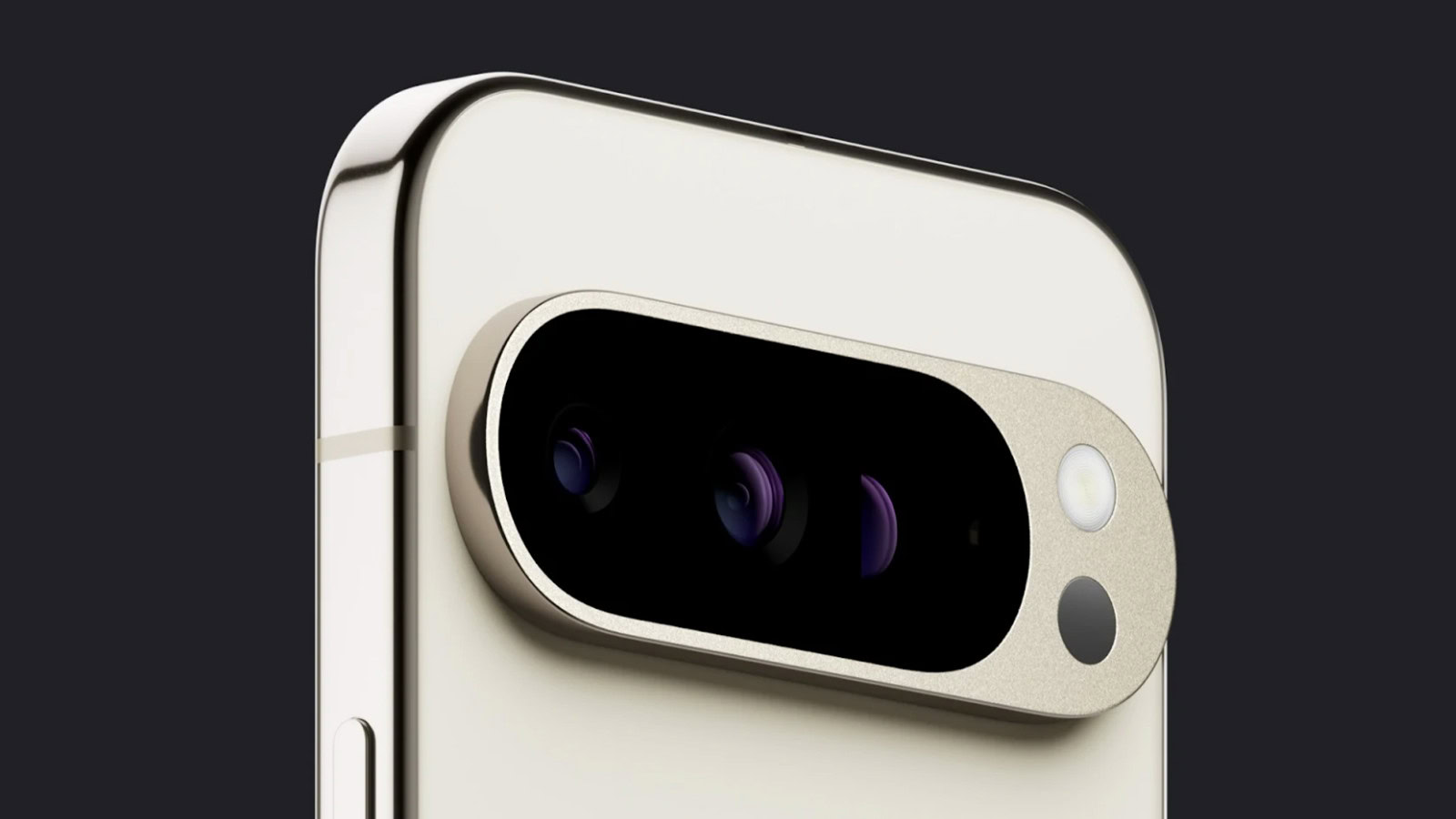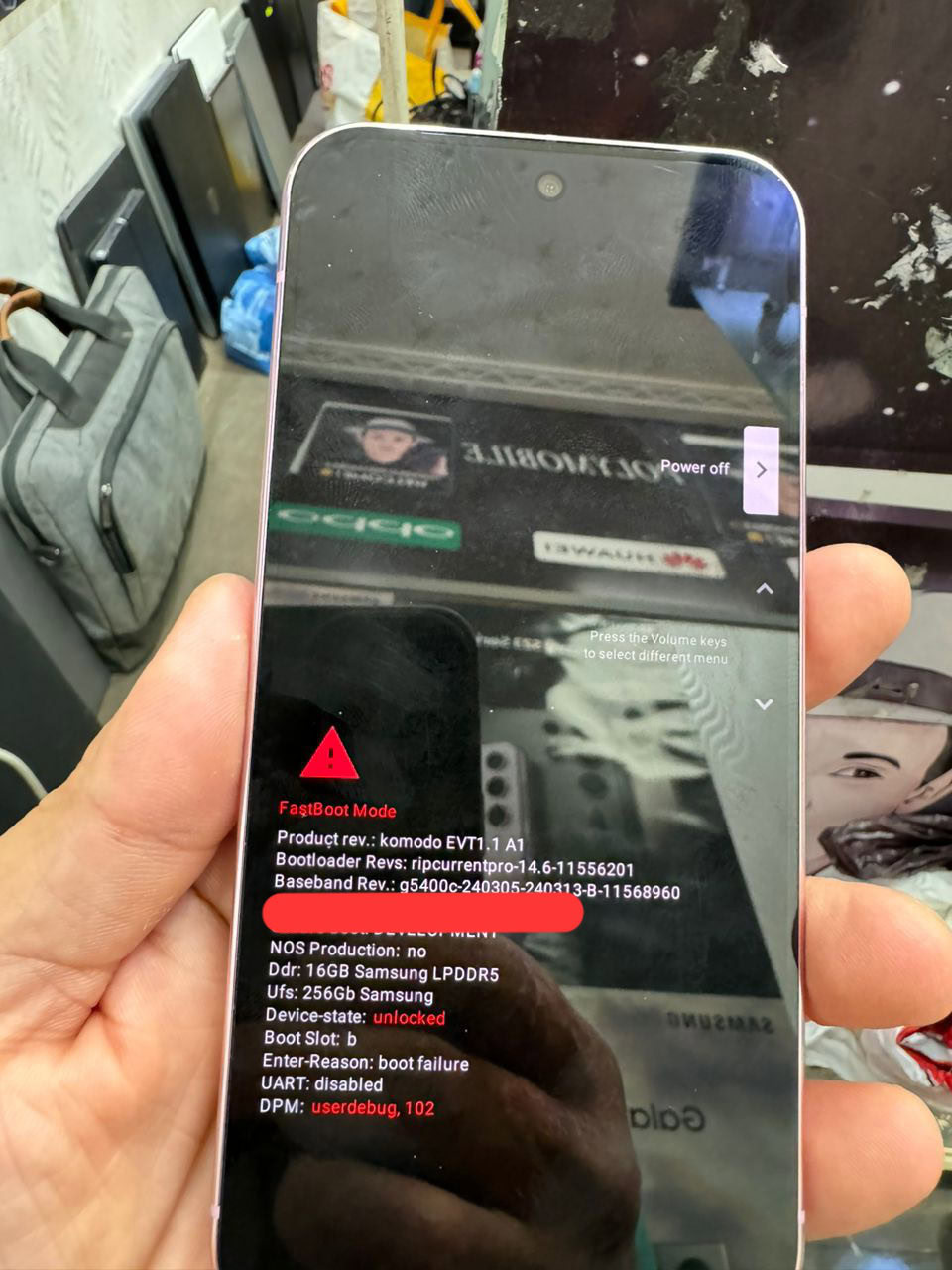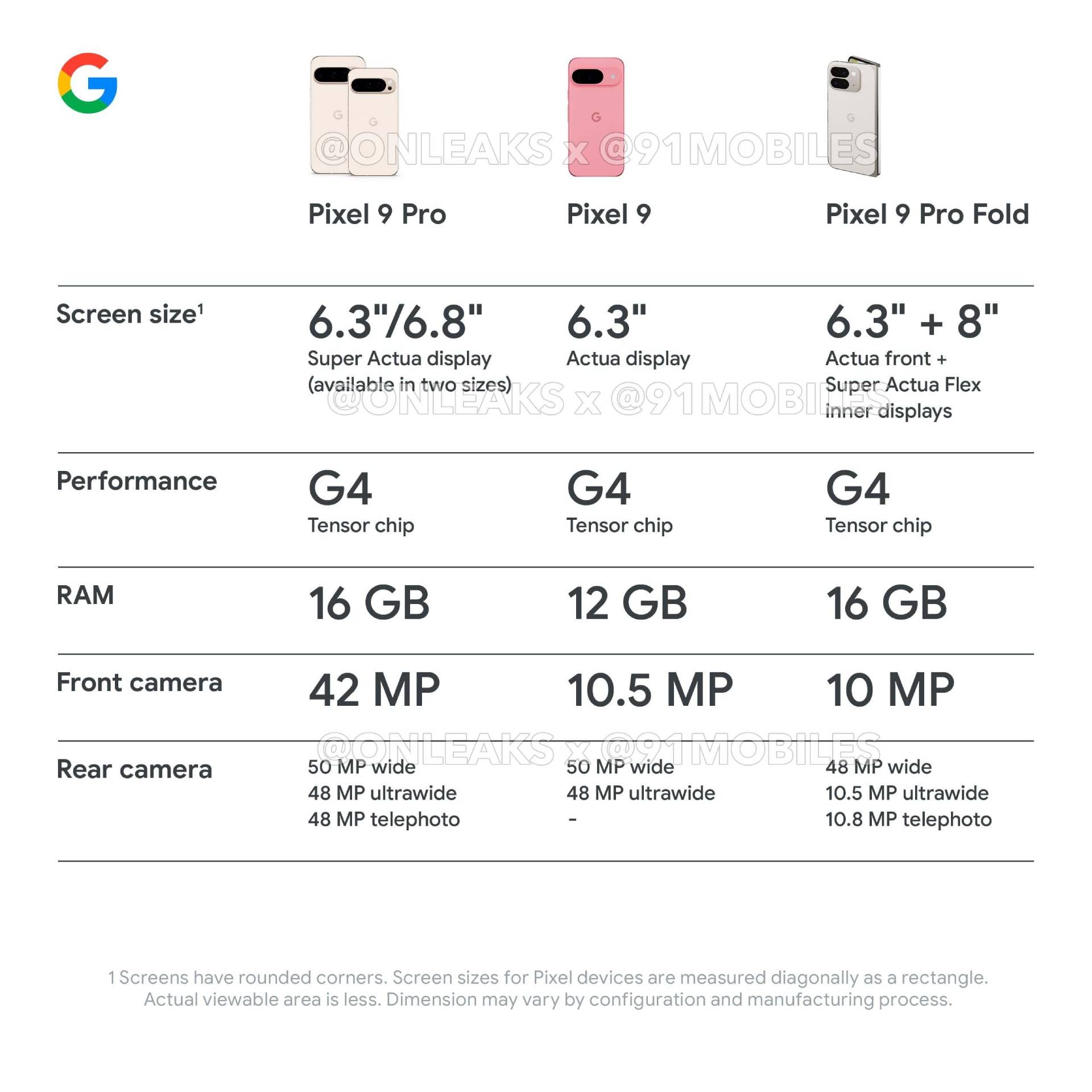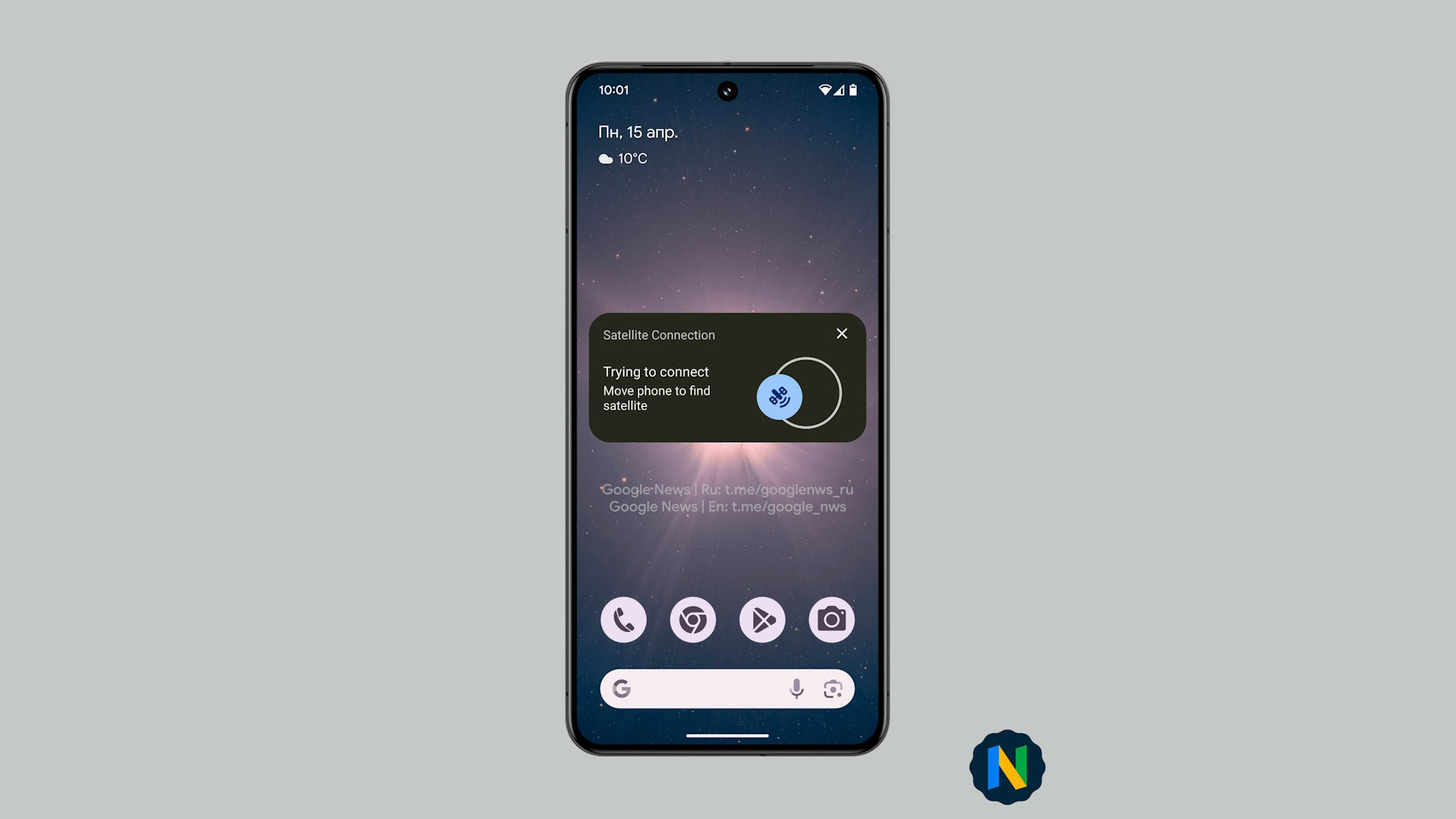Affiliate links on Android Authority may earn us a commission. Learn more.
Google Pixel 9 rumors: Everything we know so far about the upcoming Pixels
Update: July 26, 2024 (6:45 AM ET): We have updated our Google Pixel 9 rumor hub with newly leaked phone renders, feature details, leaked ad, and more.
The Google Pixel 8 series is Google’s best flagship series to date, topping the charts for some of the best Android phones you can buy. But we’re mere weeks away from the launch of the Pixel 9 series, and four of them are expected this time around. What is new with the upcoming generation, and are they exciting upgrades? Let’s jump right in and discuss everything we know about the Google Pixel 9 series!
Google Pixel 9: At a glance
- When might it come out? The Pixel 9 series will launch on August 13, 2024.
- What new features could it have? You can likely expect four phones for the first time, along with the expected processor, spec, and camera upgrades, as well as some new AI features.
- How much might it cost? The Pixel 9 and 9 Pro XL are expected to cost around $799 and $999, respectively. The smaller Pro variant will likely slot in between these two price points, although Google raising the prices of all three devices isn't out of the question, either. Meanwhile, the Pixel 9 Pro Fold will likely cost about the same as the original Pixel Fold, which launched at $1,799.
Will there be a Google Pixel 9?
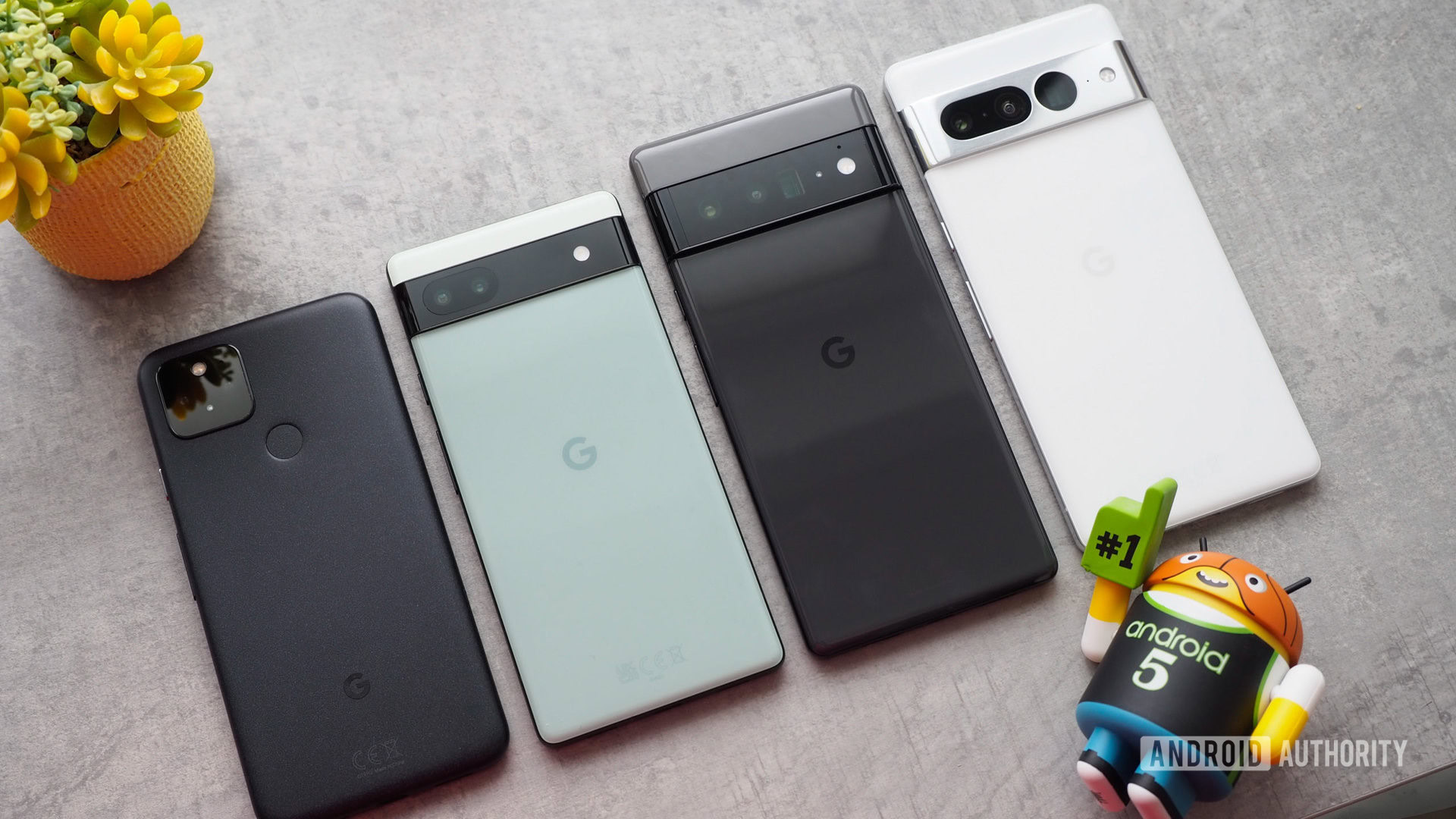
The Google Pixel series is currently in its 8th generation, and Google’s commitment to its smartphone lineup is evident. There’s no indication that this will change in the near future. Furthermore, we’ve already heard plenty about the Pixel 9, further solidifying this commitment.
As far back as December 2022, Android Authority exclusively reported a leaked roadmap, suggesting the release of three models in 2024. Alongside the anticipated Pixel 9 and Pixel 9 Pro, the roadmap indicated the existence of a second, smaller Pro model. This option caters to individuals who prefer a smaller display while still desiring the same Pro-level specifications.
Since then, we’ve seen leaked renders, information about the upgraded processor, and other tidbits of info that corroborate our earlier leak. More recently, Google has officially announced a launch event and confirmed that the Pixel 9 series is indeed coming.
What is the most likely Google Pixel 9 release date?
- Google Pixel 9 — Event announced for August 13, 2024
- Google Pixel 8 — October 4, 2023
- Google Pixel 7 — October 6, 2022
- Google Pixel 6 — October 19, 2021
- Google Pixel 5 — September 30, 2020
The Google Pixel line has almost always arrived in October, likely timed to follow up the latest iPhone launch, which usually happens in September. The one exception to this was the Pixel 5 launching in late September, but that likely had to do with the COVID-19 pandemic. It’s clear that October is Google’s preferred month for a new Pixel launch.
Following this pattern, we expected an early October 2024 launch event for the Pixel 9 series. However, Google has shaken up its Pixel launch schedule this year, officially confirming a Pixel 9 launch event for August 13.
Historically, the launch happens early in the month, with pre-orders starting that same day and shipments coming shortly thereafter. We expect Google to follow a similar availability strategy for the Pixel 9 series.
How many Pixel 9 phones will there be?
As we mentioned earlier, we leaked the Pixel roadmap in late 2022. In that leak, we posited that there would be three Pixel 9 phones (referring to non-foldable phones in the context), which would be a huge shake-up for the series. Although Google has had several different strategies for Pixels over the years, it has never launched three phones in one mainline family.
We were trepidatious when we learned that information since it was so early on. However, now we are very confident that, for the first time, there could be more than two Pixel phones for the ninth iteration in the series. This could include a vanilla Pixel 9, a Pixel 9 Pro, and a Pixel 9 Pro XL. There was also evidence to suggest the follow-up to the Pixel Fold could be called the Pixel 9 Pro Fold (likely because of the inclusion of the same SoC as the rest of the phones) — giving the Pixel 9 series a whopping four phones. Google has since confirmed this foldable name change in July 2024.
We are confident that Google could launch three slate phones in the Pixel 9 series, a first for the line.
If you remember, Google last launched an “XL” phone in 2019 with the Pixel 4 XL. It abandoned launching a large phone altogether with the singular Pixel 5 and then introduced “Pro” models with the Pixel 6 series. The Pixel 9 Pro XL, therefore, is a combination of past and present strategies.
If you’re wondering why Google would push three slate phones like this, there’s a one-word answer: iPhones. The iPhone series has a small vanilla model (i.e., iPhone 15), a more powerful variant of that with the same or similar dimensions (i.e., iPhone 15 Pro), and then a larger version of that more powerful device (i.e., iPhone 15 Pro Max). Google is simply emulating this strategy, which, quite obviously, has worked out very well for Apple.
However, Apple doesn’t have a foldable phone yet, so Google’s strategy could be quite different if recent leaks are to be believed. On April 15, 2024, we received word that what was known as the Pixel Fold 2 may have been rebranded to the “Pixel 9 Pro Fold.” Google confirmed this name change in July 2024.
Let’s get into the leaked designs of the phones so we can tell you more about what to expect!
What will the Pixel 9 look like?
The first design leak for the Pixel series was the Pixel 9 Pro XL, which came via reliable leaker Steve Hemmerstoffer, aka “OnLeaks.” At the time, though, Steve said it was the Pixel 9 Pro. Regardless, this will be the largest model in the family. With reported dimensions of 162.7 x 76.6 x 8.5mm, it is about the same size as the Google Pixel 8 Pro. Check out the renders below:
The images show a phone that looks quite different from previous versions. Firstly, it has a fully flat look, like the Galaxy S24 Ultra. The camera bar at the back is also changing and looks more compact than before.
The primary camera sensor also appears to be much bigger. The publication that leaked the renders noted that this could mean it’s a variable aperture lens. However, there’s no concrete information to share about the phone’s cameras just yet. Do note that it looks like the temperature sensor, first launched with the Pixel 8 Pro, could make a return.
Only a day after the alleged Pixel 9 Pro XL leaked, Hemmerstoffer released renders for what will likely be the Pixel 9 Pro (but, at the time, Hemmerstoffer claimed it as the regular Pixel 9). The renders show a smaller device with a triple camera setup, lining up with our 2022 leak. It also appears to have a telephoto lens and possibly a thermometer like the Pro. Overall, it looks very similar to the Pixel 9 Pro XL, just smaller:
According to Hemmerstoffer, the Pixel 9 Pro’s dimensions are 152.8 x 71.9 x 8.5mm, and it has a 6.1-inch flat display. This would make the Pixel 9 Pro bigger than the Google Pixel 8 but not nearly as big as the Pixel 8 Pro.
Later, on April 19, we saw the first alleged real-life images of the Pixel 9 Pro:
These images strongly align with the leaked renders, so there’s a good chance they are legit. However, given how early this phone leaked — very early, even for Google’s standards — we are approaching them with some skepticism. Still, if these don’t show a real Pixel 9 Pro, they are very likely a good representation of what to expect.
In late March 2024, we saw renders for the third model, likely to launch as the standard Google Pixel 9. Check out renders for that here:
The phone also measures 152.8 x 71.9 x 8.5mm, giving it about the same dimensions as the Pixel 9 Pro. Interestingly, Hemmerstoffer claims the display is only 6.03 inches, meaning it will have a smaller display than the Pixel 9 Pro but in a similar-sized body. In other words, expect thicker bezels on the standard model.
You can also see that this handset has two rear cameras instead of three. This lines up with the iPhone strategy. We expect the two lenses to be primary and ultrawide, similar to what Google has done with every standard Pixel since the Pixel 6 series.
Russian site Rozetked later leaked more images of the Pixel 9 series. However, this time, the site shared more than just the Pixel 9 Pro. We get a look at the three slab-style handsets in comparison to each other and other devices. Some of the images even show the screen running Android 14. The site also reaffirms some details from previous leaks.
More recently, we saw a Pixel 9 retail unit in two separate hands-on videos. The first video showed off the new flat-edged design aesthetic of the Pixel 9 series and also gave us a first look at the phone’s glorious new pink colorway.
In the second video, we see the Pixel 9 with its screen turned on. While there isn’t much on-screen action, we can make out the symmetrical-looking bezels on the front and the phone sporting one of the new Pixel 9 series wallpapers. It looks like the non-Pro Pixel will once again sport a glossy finish at the back, with the matte-finished frosted glass reserved for the Pro models.
Not long after those leaks, multiple videos of the Pixel 9 series began appearing in hands-on comparisons. In the video above, you can see the Pixel 9 Pro XL held next to the Pixel 8 Pro. The other videos are similar in nature, but they substitute the Pixel 8 Pro with Apple and Samsung equivalents.
Google would go on to tease the Pixel 9 Pro in mid-July while confirming an August 13 launch. This extended to giving us a look at the Pixel 9 Pro, seen below.
Twitter tipster Sudhanshu Ambhore also posted two renders on July 22, showing the Pixel 9 in Pink and the Pixel 9 Pro XL in Porcelain. Check them out below.
If you haven’t had enough yet, a leak from trusted tipster Evan Blass posted an image of the Pixel 9, Pro, and Pro XL lined up together. The image appears to feature official renders, albeit in low resolution.
Android Headlines posted high-resolution renders of the Pixel 9 in all four of its colorways:
Android Headlines posted high-resolution renders of the Pixel 9 Pro in all four of its colorways:
Finally, we need to talk about the Pixel 9 Pro Fold. Here are leaked renders of that:
Google would go on to post official images of the Pixel 9 Pro Fold in mid-July. Check these images out below.
You can find out a lot more about the Pixel 9 Pro Fold at our dedicated Pixel 9 Pro Fold rumor hub.
A month out from Google’s upcoming Pixel event, Dealabs provided a leak that included the names of colorways and which ones will come to which models in France. The vanilla model will reportedly come in Obsidian, Porcelain, Cosmo, and Mojito. As for the Pro, it will be offered in Obsidian, Porcelain, Hazel, and Pink, except for the 512GB variant, which loses Porcelain and Pink. Meanwhile, the Pro XL will have the same colors as the Pro, but the 1TB model will only be available in Obsidian. Finally, the Pro Fold will come in Obsidian and Porcelain.
What specs and features could the Google Pixel 9 have?
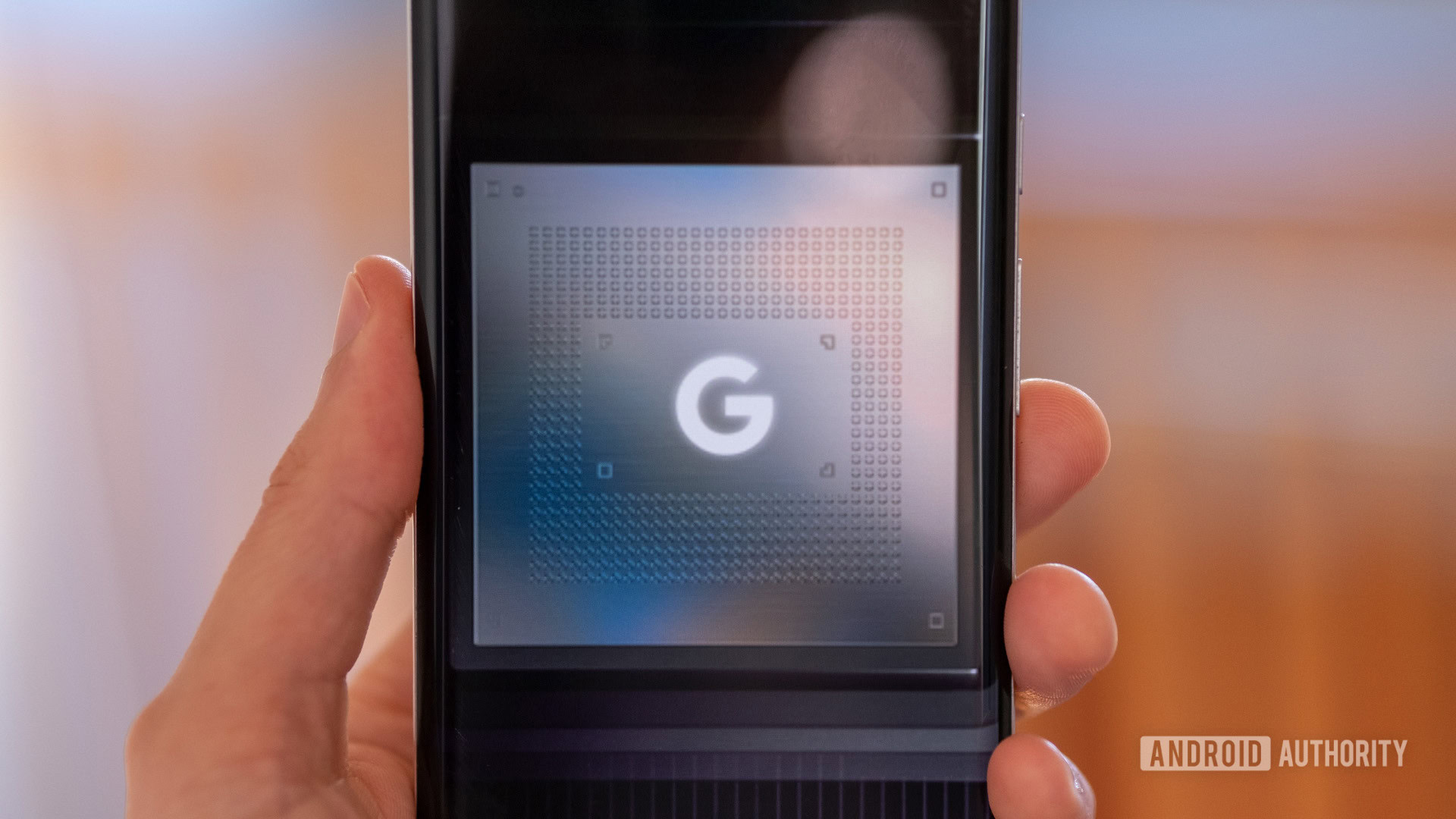
It wouldn’t be a new Pixel launch without a slate of hardware upgrades. We expect Google to have some brand-new updates for the Pixel 9 series, and this is what we know so far.
Tensor G4
As usual, the 2024 Pixels should see the debut of the 2024 Google chipset, tentatively known as Tensor G4. Our sources tell us that Tensor G4 will continue Google’s tradition of utilizing Samsung Exynos chips as the basis for its design. This might be a bit disappointing to some. After all, rumors suggested that Google would eventually create its own Tensor SoC (codenamed “redondo”) entirely from scratch and based on a TSMC processor node.
According to The Information, Google had initially planned to launch that custom chip in time for the Pixel 9, but it missed internal deadlines. Consequently, it’s now too late to include it in the Pixel 9. Google will continue developing the custom chip for testing purposes. You can also expect a successor based on this early work to debut with the Pixel 10 series as Tensor G5 in 2025 (unless, of course, Google faces more delays).
The Tensor G3 wasn't a massive leap forward, and it seems like the Pixel 9's Tensor G4 won't be a big upgrade, either.
Regardless, Tensor G4 will now be based on a chip codenamed “zuma pro.” For those who may not be aware, Google refers to the Pixel 8’s Tensor G3 as “zuma.” It doesn’t take Batman to deduce that Tensor G4 could just be a slightly better Tensor G3. While the Tensor G4 is likely to introduce some useful enhancements and features, it’s unfortunate that Google couldn’t provide its fully custom chip as initially intended.
Our sources claim that Tensor G4 will also introduce a new modem — the Samsung Modem 5400. This modem is expected to be faster and more power efficient than the Exynos Modem 5300 that appears in the Pixel 8. It’s said the software stack has been updated to improve stability as well as provide support for 3GPP Rel. 17 — which supports 5G non-terrestrial networks (NTN), or satellite-based communication in other words. This won’t be exclusive to the higher-end model, either, as it’s believed it will come to all devices with Tensor G4.
An XDA-Developers forum user leaked images of an apparent Pixel 9 Pro XL prototype on July 21. One of the images (seen above) also hints at the Samsung Exynos Modem 5400, corroborating our previous leak.
A massive leak from 91mobiles pointed once again to Tensor G4 across all four phones.
Cameras
The Pixel 6 and Pixel 7 had identical camera hardware. The only real difference was the camera’s software improvements. The same trend continued with the Pixel 6 Pro and Pixel 7 Pro, sharing a similar camera setup but with a few enhancements for the Pixel 7 Pro, such as a 126-degree ultrawide camera with macro focus, 5x optical zoom, and 30x Super Res Zoom. Given this pattern, it’s highly likely that the base Pixel 8 and Pixel 9 will also share the same main camera at least.
We've seen very little in the way of Pixel 9 camera leaks for now.
The Pixel 8 series made the switch to the Samsung Isocell GN2, a 50MP shooter with several improvements, including 35% more light processing, the possibility of 8K/30fps video capture, and staggered HDR. A new exclusive Android Authority leak has revealed that while the main camera might be sticking around, there are plenty of camera changes in store for the entire Pixel 9 family.
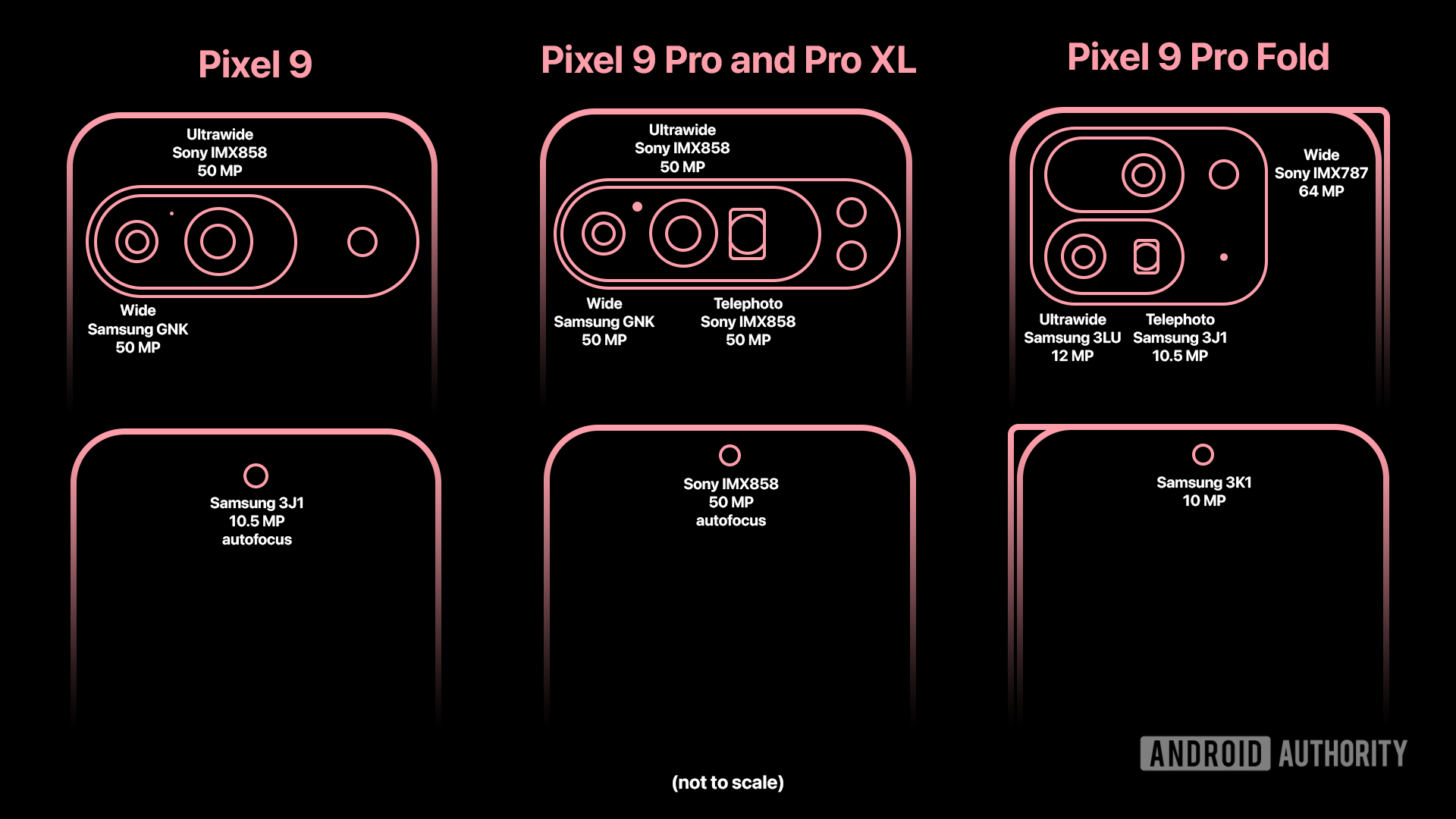
Starting with the base Pixel 9, Google is reportedly axing the aging ultrawide sensor, swapping the Sony IMX386 in favor of the newer IMX858. This new sensor is much larger at 1/2.51”, making it a great fit for low-light conditions. Although the front-facing camera will continue to be a Samsung 3J1, the Pixel 9 will finally include autofocus on the front-facing camera.
According to our sources, the Pixel 9 Pro and Pixel 9 Pro XL will also use the new IMX858. In fact, the IMX858 will supposedly be used for all the Pixel 9 Pro and Pro XL sensors except for the primary shooter—yes, that includes the front-facing camera. Lastly, the leak also reveals that the infrared thermometer will return again on both Pro models.
While the post highlighted the sensors used and the MP count that they can support, Google is likely going to be cropping and binning the final results. Consequently, it could be touting lower MP counts in the spec sheet, giving software some room to maneuver.
As you can see from the spec sheet leak from 91mobiles, the Pixel 9 is said to come with a 50MP wide and 48MP ultrawide camera, while the 9 Pro and 9 Pro XL add another 48MP telephoto camera to the rear setup.
Other Pixel 9 series specs
We have a few details on specs and other internals. We did see in the leaked Pixel 9 Pro images mentioned earlier that it has 16GB of LPDDR5 RAM from Micron and 128GB of internal storage from Samsung. While this might not be the entry-tier model, it does at least suggest we could see 16GB of RAM — the most we’ve ever seen in a Pixel phone. Do note that it is highly unlikely the vanilla Pixel 9 would see this much RAM.
The leak from Rozetked appears to show that the Pixel 9 could land with 12GB of RAM. While the Pixel 9 Pro models could have 16GB of RAM, and this was reiterated by the leaked spec sheet from 91Mobiles. However, all three models seem to start at 128GB of internal storage.
According to the Dealabs leak, the Pixel 9 may be available in 128GB and 256GB configurations. You’ll have a few more choices with the Pro, which is said to come in 128GB, 256GB, and 512GB options. The Pro XL adds a 1TB option to that list, while the Pro Fold offers 256GB and 512GB.
Korean outlet ET News reported that the Pixel 9 series will get screens based on Samsung’s upcoming M14 display material. By contrast, the S24 series apparently shipped with M13 screens. The outlet explains that M14 screens will have better brightness and a longer lifespan, but we’ve also seen new screen materials bringing improved efficiency.
According to our own exclusive Android Authority leak, the Pixel 9 series could indeed use Samsung’s M14 OLED technology, which could provide better brightness and longevity. This could also make the Pixel 9 series brighter, with the base Pixel 9 possibly starting at 1,800-nits and the 9 Pro and 9 Pro XL going up to 2,050-nits. These HDR values are said to be for full-screen brightness, so localized peak brightness values will be even higher.
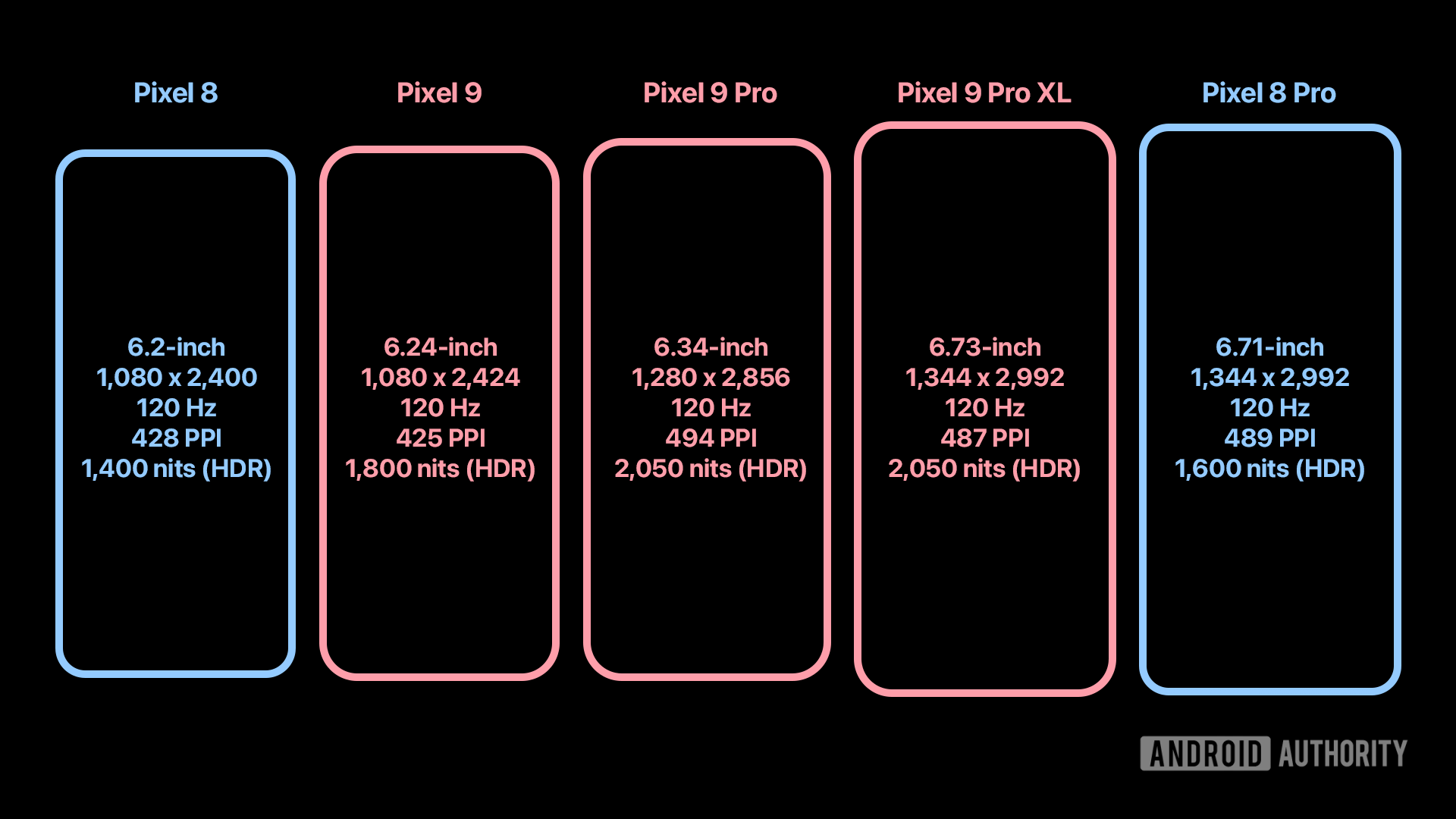
Further, our leak highlighted the display sizes as well, bringing the Pixel 9 and 9 Pro closer in display sizing, while the 9 Pro XL remains the big brother of the pack.
Moving on, the Wireless Power Consortium (WPC) has announced that the Qi2 wireless charging standard has completed certification testing, and there is a strong chance the Pixel 9 series would support it. That’s because a senior Google Hardware engineer is a board member of WPC and is “currently leading the investigation and design of next-generation wireless charging platforms for future Pixel products.”
Meanwhile, a report by Android expert Mishaal Rahman on March 11 suggests that an Adaptive Touch feature could come to the Pixel 9 line. This feature could be similar to OnePlus and OPPO’s own function, which delivers more accurate and reliable touch input with wet fingers.
In a recent exclusive, Android Authority reported that Google is planning to implement an ultrasonic fingerprint scanner in its upcoming Pixel phones. Specifically, the Pixel 9 series phones are expected to use Qualcomm’s 3D Sonic Gen 2, a sensor that has been praised for its performance in Samsung’s Galaxy S24 Ultra. However, this change won’t apply to the Pixel 9 Fold, which will retain its side-mounted fingerprint scanner.
The Pixel 9 series could also be one of the first few phones to properly support Android 15‘s Powered Off Finder API. This API will allow compatible devices to be location-tracked even when they are switched off by letting them use Google Play Services to continue sending Bluetooth signals to broadcast their location to other nearby devices on Android’s upgraded Find My Device network. To enable this feature, it is fair to presume that the Pixel 9 series will come with the hardware support needed to keep the Bluetooth chip enabled even after the phone is switched off.
In addition to the modem, Google has been working on integrating support for satellite-based messaging in Android 15, commonly referred to as non-terrestrial networks (NTNs). Along with NTN support from the new modem, the Pixel 9 series will be the first to support Android’s native satellite implementation. At first, satellite communication will be text-based and provided by T-Mobile (built in collaboration with SpaceX). However, other providers may join sometime in the future.
Additionally, a special Satellite Gateway app will allow for easy communications with emergency services via a feature called Emergency SOS. This app will ask a few basic questions to narrow down the situation, and you’ll be given a choice to notify your emergency contacts. Some of these questions include:
| Questions |
|---|
What happened? |
[Are you/Are they/Is everyone] breathing? |
In total, how many people are [missing/trapped]? |
What best describes your situation? |
What is on fire? |
Are there weapons involved? |
What type of vehicle or vessel? |
Do any of these apply? |
Once the questions are answered, you’ll be able to converse with emergency services to get the help you need. Due to the nature of satellite connectivity, mobile devices typically need precise alignment to connect. Google has designed animations to help this process, such as the one below:
The interface Android could use for this animation was discovered by X (formerly Twitter) user Nail Sadykov. It appears this UI — which can be seen below — is part of the Adaptive Connectivity Services app, which is a Pixel-exclusive app.
Here’s a first look at the Android Satellite Pointing UITo connect via satellite you need to “move your phone to center the satellite in the circle”. This UI can be minimized into a floating window which can be useful to stay connected while you texting with emergency services pic.twitter.com/V0cKY8BJ5c— Наиль Садыков (@Nail_Sadykov) April 15, 2024
If you’re using the feature, you will be prompted to move your phone to “center the satellite in the circle.” This will coincide with you facing and pointing to the nearest active satellite you can connect to. As you attempt to get set up, it will provide a reminder that you must get a “clear view of the sky by avoiding buildings, trees, and mountains,” for it to work correctly.
This UI can also be minimized into a floating window with the PiP button at the top left. You can see an example in the image below.
We’ve shared some interesting features coming to the Pixel 9 series in an exclusive Android Authority leak. Google could be introducing a set of new ML features under the “Google AI” branding.

The features included within Google AI are said to be Gemini, Circle to Search, Add Me, Screenshots, and Studio.
Starting with Studio, we believe it’s the same Creative Assistant app we’ve noticed before. The previous references we found reveal the app will integrate into the Pixels’ screenshot editor app, allowing it to create (“remix”) stickers. The screenshot’s description suggests that the app can do much more than create stickers. It could be an all-in-one generative AI image generator, similar to Apple’s Image Playground.
Pixel Screenshots could be a Windows Recall-like feature that restricts itself to screenshots. When you take screenshots on the Pixel 9 series, the phone adds a bit of extra metadata to them, like app names, web links, etc. After that, it will be processed by a local AI, presumably the new multimodal version of Gemini Nano, which will let you search for specific screenshots just by their contents and ask a bot questions about them.
The leaked spec sheet from 91mobiles also highlights the Pixel Screenshots feature, which seemingly helps you “save information that you want to remember later.”
A leak from Android Headlines sheds more light on the Pixel Screenshots UX and the Add Me feature.
The Add Me feature is said to let you “take two group selfies and merge them together.” That way everyone is in the photo at the same time, even though someone needed to take the photo.
There’s also a leaked Pixel 9 ad that you can enjoy:
We’ll be sure to update this guide as more leaks and rumors hit.
What might the Google Pixel 9 price be?
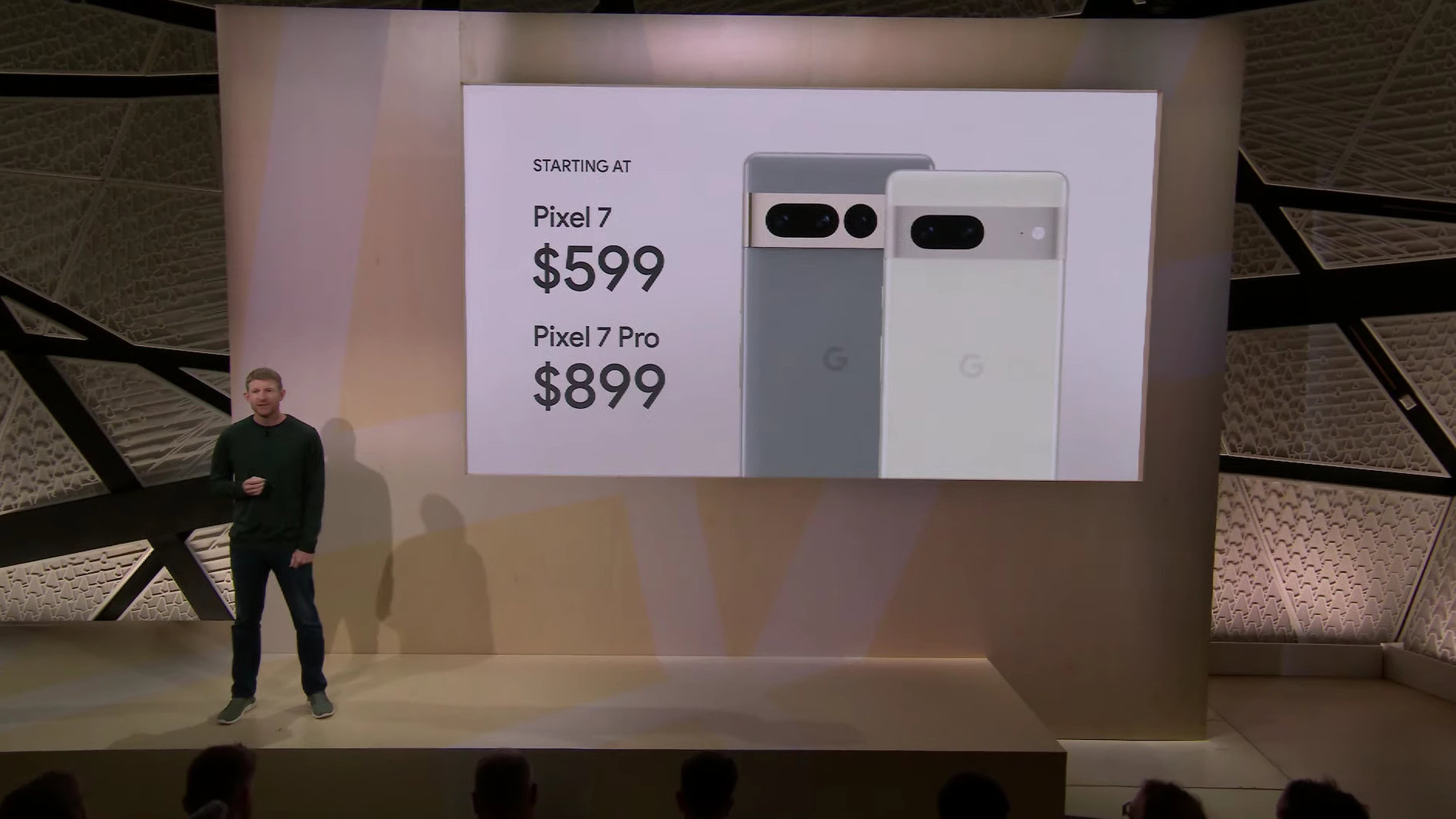
- Pixel 8 and 8 Pro — $699/$999
- Pixel 7 and 7 Pro — $599/$899
- Pixel 7 and 7 Pro — $599/$899
- Pixel 5 — $699
Google has established itself as the cheaper alternative to pricey flagships from Samsung, Apple, and others. Unfortunately, these days may be coming to an end following the price increases for the Pixel 8 series. Backing this up, a new leak suggests the Pixel 9 will jump up to €899, an increase of €100. Whether the US will see a similar increase remains unseen. The same report suggests the Pro and Pro Fold will stay the same price as last year.
Here’s the full breakdown of the leak:
Pixel 9
- 128 GB: €899 (~$977)
- 256 GB: €999 (~$1,086)
Google Pixel 9 Pro
- 128 GB: €1,099 (~$1,195)
- 256 GB: €1,199 (~$1,303)
- 512 GB: €1,329 (~$1,445)
Google Pixel 9 Pro XL
- 128 GB: €1,199 (~$1,303)
- 256 GB: €1,299 (~$1,413)
- 512 GB: €1,429 (~$1,554)
- 1TB: €1,689 (~$1,837)
Google Pixel 9 Pro Fold
- 256 GB: €1,899 (~$2,065)
- 512 GB: €2,029 (~$2,207)
We need to reiterate that these prices are said to reflect the prices in France, but they should also be applicable elsewhere in the EU. We have converted these prices to USD for reference, but know that international pricing is usually different from prices in the US. As such, this isn’t a confirmation of any price hikes in the US, but it is not a great sign of what’s to come.
Should you wait for the Google Pixel 9?
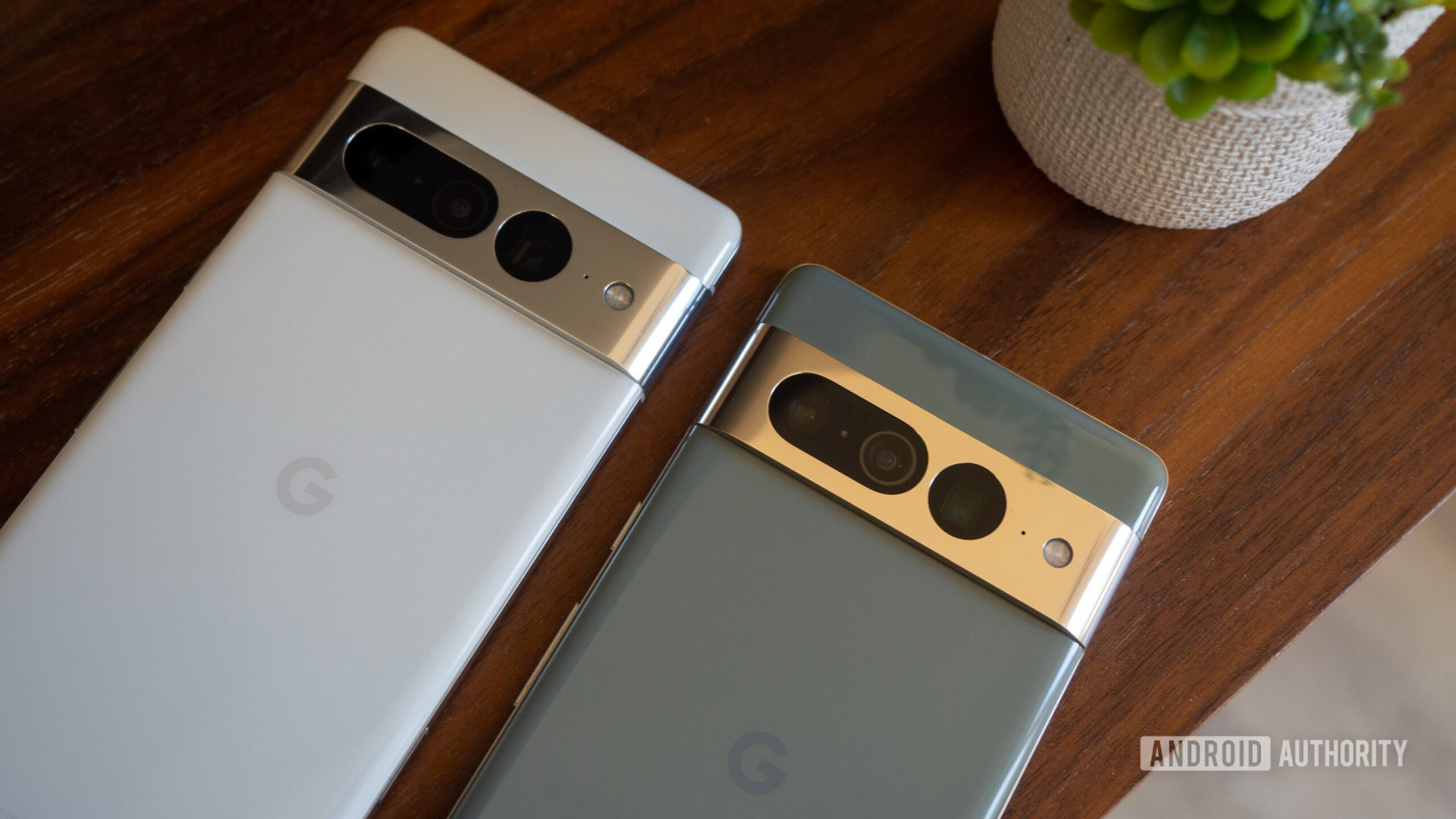
With this new August launch date, the Pixel 9 series launch is only a few weeks away, so unless you have a pressing need to buy a new smartphone right away, it’ll be advisable to wait and see what Google has to offer with the Pixel 9 series.
What if you have an aging handset that needs an upgrade ASAP? There’s really no reason to wait. The jump from the Pixel 8 ($699 at Amazon) to the Pixel 9 will be relatively minor, though the Pixel 8 Pro ($999 at Amazon) was a big leap from previous Pro Pixels.
If the Pixel 8 doesn’t pique your interest, alternatives like the Galaxy S24 ($859.99 at Amazon) or Galaxy S24 Ultra ($1419.99 at Amazon) could also be worth exploring.

